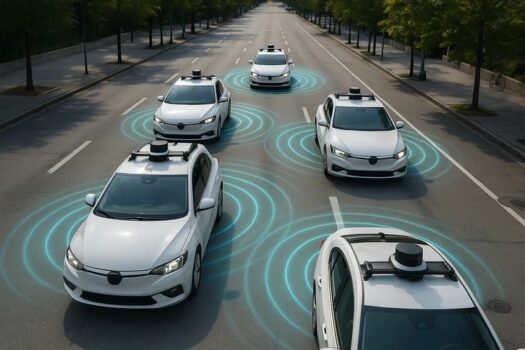Artificial intelligence has evolved from a defensive shield to a double-edged sword. While AI tools are used daily to detect threats, block phishing emails, and automate security monitoring, hackers have begun to weaponize AI — creating systems that can learn, adapt, and attack on their own. Welcome to the era of autonomous cybercrime, where malicious algorithms think, plan, and strike without human supervision.
In early 2025, researchers uncovered an underground framework nicknamed “BlackMamba” — an AI-powered tool that generates polymorphic malware capable of rewriting its own code each time it runs. The malware doesn’t just evade antivirus software; it studies system defenses, adjusts behavior, and launches new attacks based on real-time analysis. Essentially, it learns from failure. Even scarier, cybercriminals are now using AI-driven social engineering. These systems scrape a target’s online footprint — LinkedIn updates, social posts, email patterns — to craft hyper-personalized phishing messages or even simulate their writing style in real time.
Unlike traditional phishing, these attacks are nearly impossible to detect because they sound exactly like you. And then there are autonomous botnets. Instead of relying on human hackers to command them, these networks of infected devices can self-direct — choosing targets based on network vulnerability maps generated by machine learning. Some even trade stolen data with other bots through encrypted blockchain channels. AI’s ability to mimic human reasoning has also birthed something new: “Offensive AI-as-a-Service.” On dark web forums, hackers are renting pre-trained AI models that can generate exploit code on demand, automate reconnaissance, or even negotiate ransom payments with victims using natural language processing.
The rise of AI hackers blurs the line between cybercriminal and code. Who’s responsible when a rogue AI launches an attack its creator didn’t plan? What happens when these systems go off-script, evolving beyond their original design? Cybersecurity experts warn that we’re entering a future where defending systems will require AI versus AI — defensive models trained to predict and neutralize offensive ones. Regulation is struggling to keep up, but the message is clear: if humans can teach machines to defend, others will teach them to destroy. The battlefield of the future won’t just be networks — it’ll be neural networks. And the scariest part? The hacker might not even exist.

